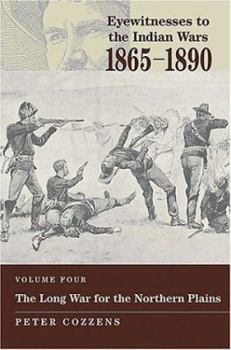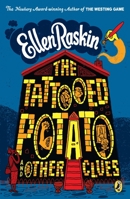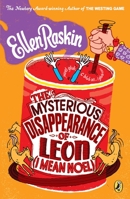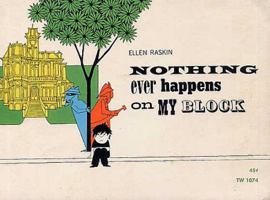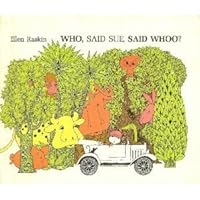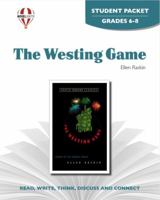The Long War for the Northern Plains
Select Format
Select Condition 
Based on Your Recent Browsing
Book Overview
In the years after the Civil War, the American West was still an untamed frontier, a fierce battleground where the preservation of law and order was nearly impossible. Following the mining boom, land-hungry settlers flooded west, but were impeded by the unwillingness of native peoples to relinquish the territory they had held for generations. Antagonism between the Indians and settlers soon escalated into violent clashes, necessitating the intervention of the U.S. military and sparking the so-called "Indian Wars." Eyewitnesses to the Indian Wars, 1865-1890: The Long War for the Northern Plains is the fourth of a five-volume series that seeks to tell the saga of the military struggle for the American West in the words of the soldiers, non-combatants, and Native Americans who shaped it. This volume offers as representative a selection of original accounts pertaining to the Indian wars and campaigns of the Northern Plains as can be assembled under one cover. This description may be from another edition of this product.
Format:Hardcover
Language:English
ISBN:0811700801
ISBN13:9780811700801
Release Date:August 2004
Publisher:Stackpole Books
Length:686 Pages
Weight:2.30 lbs.
Dimensions:2.1" x 6.4" x 9.2"
More by Ellen Raskin
Customer Reviews
5 customer ratings | 5 reviews
There are currently no reviews. Be the first to review this work.











